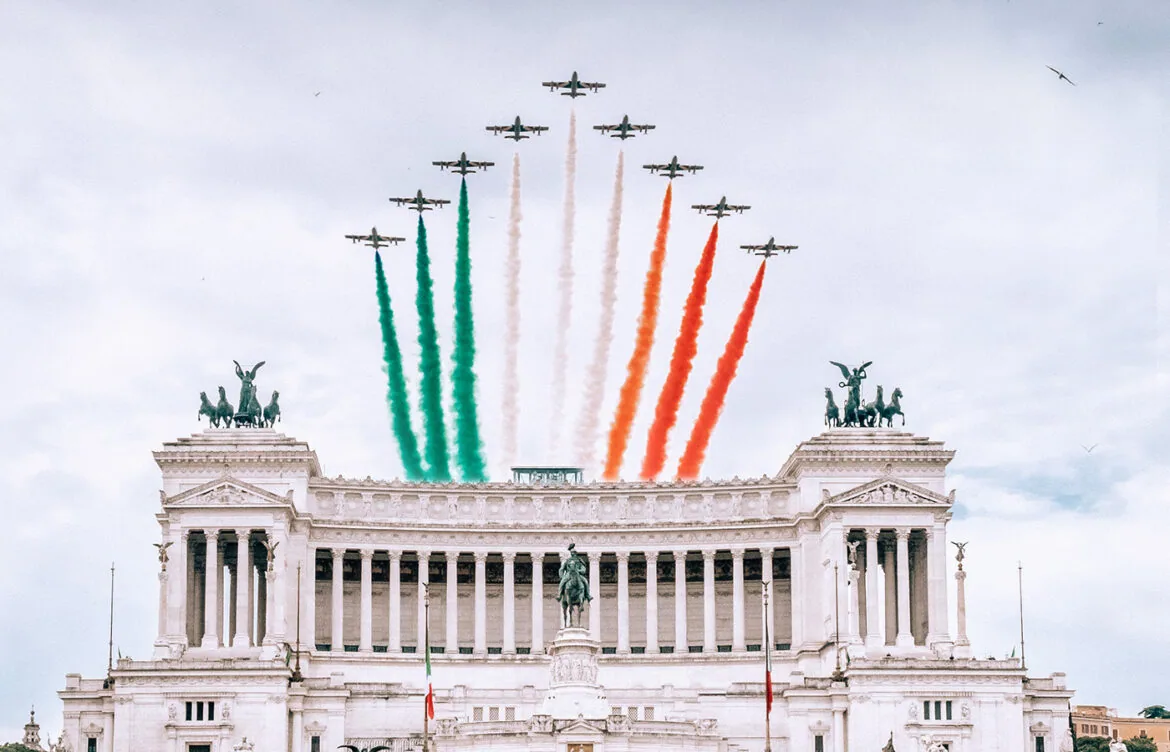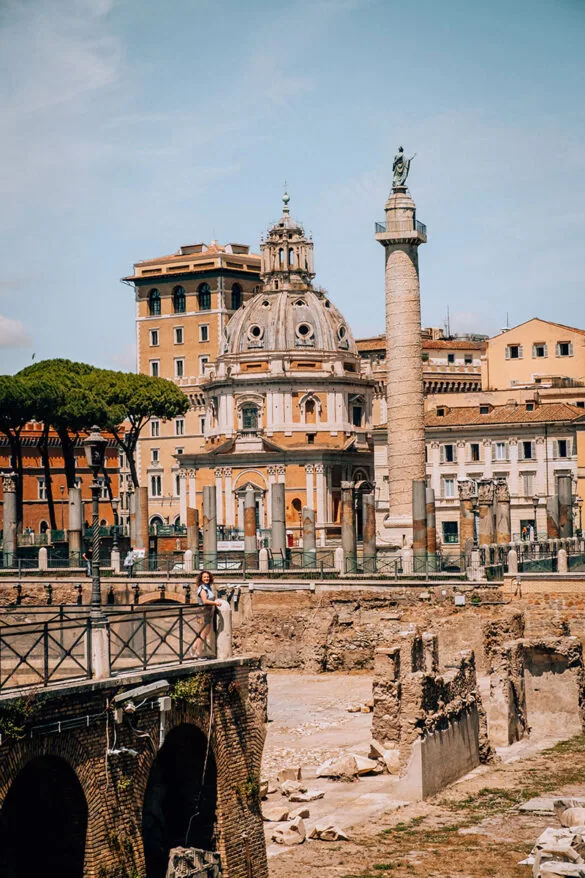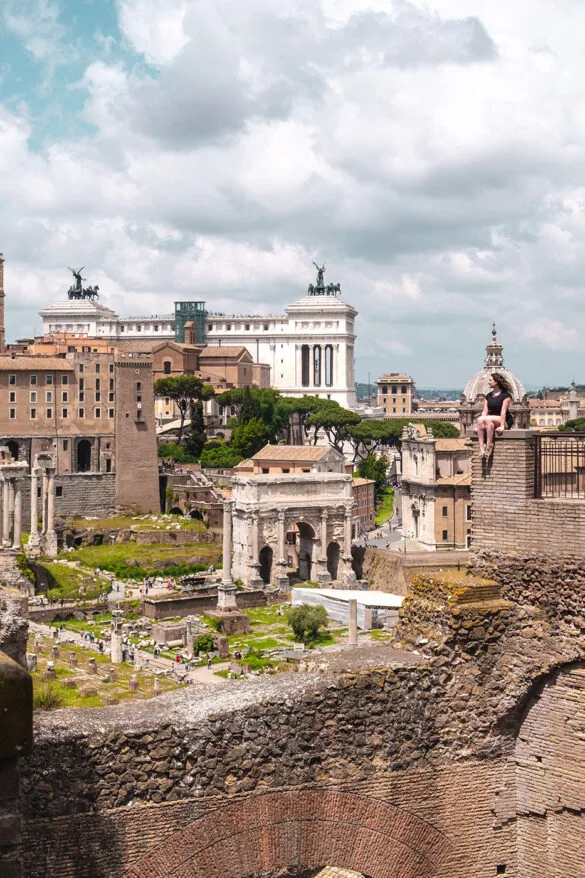Every summer, Italians look forward to celebrating la Festa di Ferragosto (The Ferragosto Festival). Held on August 15th each year and celebrated in the weeks leading up to and after it, it serves as the peak of summertime.
However, many people, even locals, don’t know exactly what this holiday celebrates! By the end of this guide, not only will you know the origins of this special day, but also how to spend it like a true Italian!
What is Ferragosto, and how did it start?
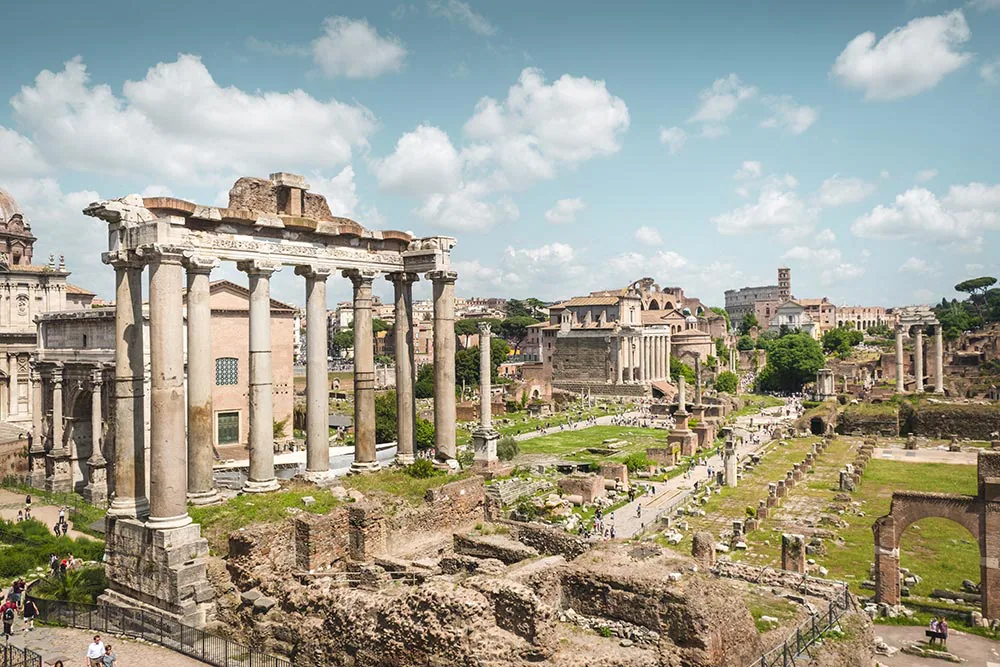 La Festa di Ferragosto is a major summer holiday celebrated in Italy, Vatican City, San Marino, and Ticino, the Italian-speaking part of Switzerland.
La Festa di Ferragosto is a major summer holiday celebrated in Italy, Vatican City, San Marino, and Ticino, the Italian-speaking part of Switzerland.
Today, Ferragosto is considered a mostly public holiday with Catholic origins that acts as a “last hurrah” before the arrival of fall. However, its origins go back much further. All the way back to the Impero Romano (Roman Empire).
The name ‘Ferragosto’ is said to date from the 1st century AD.
In 18 BC, Emperor Octavianus Augustus created the Feriae Augusti (Literally, Augustus Celebrations) celebration in his honor. From Latin, Feria/Feriae means ‘holiday’ or ‘day of celebration’ while Augusti means ‘of Augustus’.
At the time, it was held on the first day of August and served as the first of a series of holidays meant to signify a period of rest after weeks of arduous labor in the season’s heat.
Rather than work the fields of the empire, Romans were able to attend entertaining horse races and parades of oxen and donkeys bearing flower crowns and saddles.
Though all work came to a standstill, many employers chose to compensate their workers for the day anyway. This paid day off only added to the holiday’s early popularity and longevity.
It’s also interesting to know that originally the month of August was called Sextilus, Latin for ‘sixth month.’ Then in 8 BCE, the month was renamed in honour of Augustus Caesar, the first Roman emperor. The name August itself means ‘inspiring reverence or admiration’.
Who was Emperor Octavianus Augustus?
Before he was known as Emperor Augustus, his birth name was Gaius Octavius and was the grandnephew of Julius Caesar. After Caesar’s assassination in 44 BCE, he took on the mouthful of a name Gaius Julius Caesar Octavianus. However, he was often referred to as Octavian when you read about him in English texts. Confusing, I know!
Octavian later defeated Mark Antony and Cleopatra in 31 BCE where he gained control over the empire. It wasn’t until 27 BCE that he was given the honorary title Augustus when he was named emperor.
How has Ferragosto changed?
As Italy transitioned from being a pagan to a Catholic country, many Roman festività (festivities) were adapted to fit the changes in society. Ferragosto was one such holiday that managed to survive.
Let’s dare un’occhiata (take a look) at how this Italian holiday has evolved over the years!
A Medieval Ferragosto
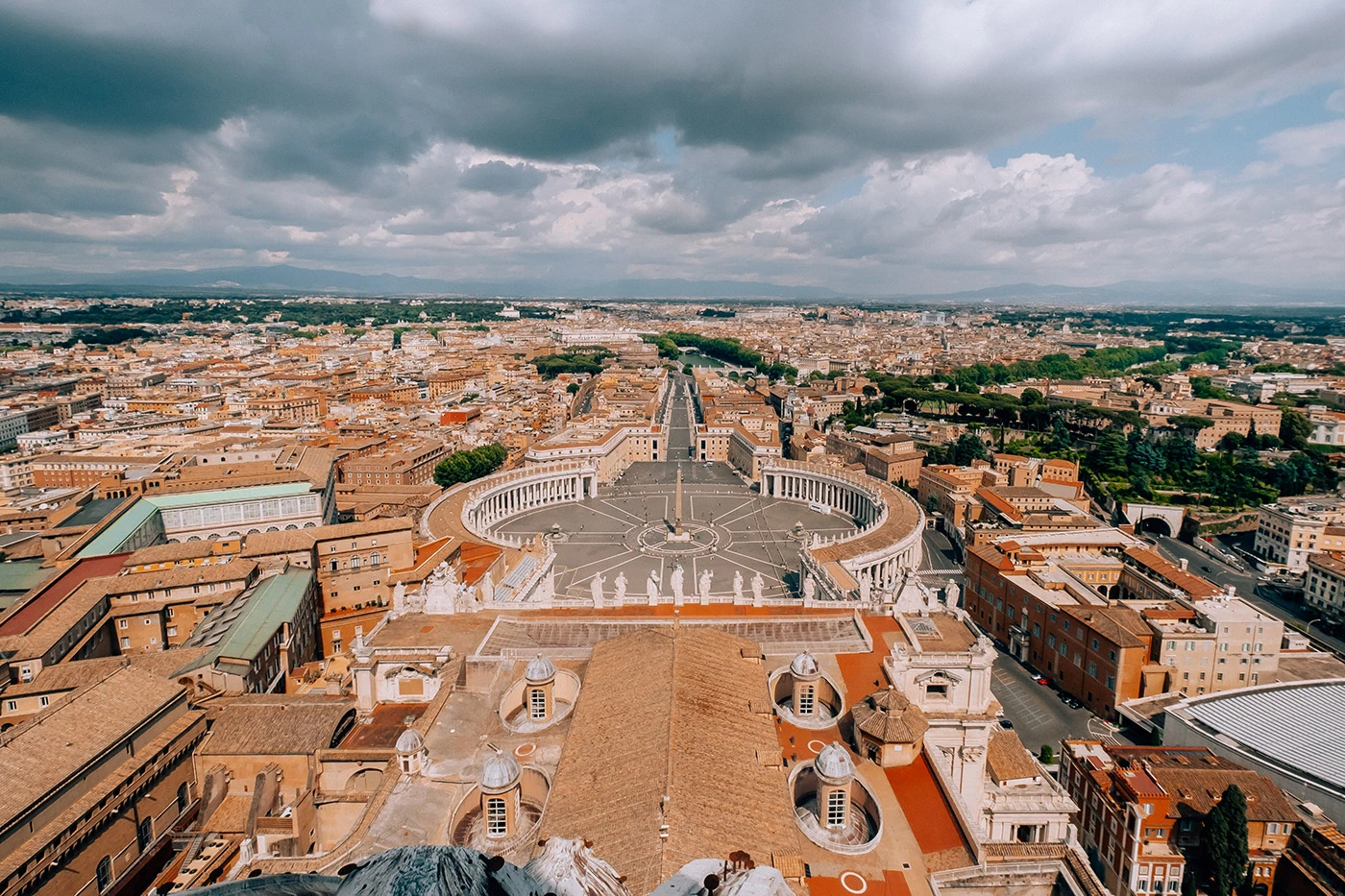 In order to facilitate Italy’s transition to being a Catholic country, the church assimilated some of the most popular Roman holidays by attributing new meanings to them. The origins of Ferragosto were mostly political, but having a day of rest that could be used for worship was a pillar of Catholicism.
In order to facilitate Italy’s transition to being a Catholic country, the church assimilated some of the most popular Roman holidays by attributing new meanings to them. The origins of Ferragosto were mostly political, but having a day of rest that could be used for worship was a pillar of Catholicism.
In order to keep the holiday in Italy’s new religious society, the date of Ferragosto was moved from the 1st to the 15th of August. In this way, the date was no longer linked to the Roman emperor but was instead meant to be a celebration of Mary’s ascension to Heaven.
Since this biblical event was previously uncelebrated by any particular festivities, it provided a perfect backdrop for this newly created festa (holiday).
Many of the exciting and raucous events of Ancient Rome were replaced with church services, prayer, and religious processionals and blessings. Though, of course, treating the day as a time for rest remained constant.
Festa di Ferragosto in the 20th century
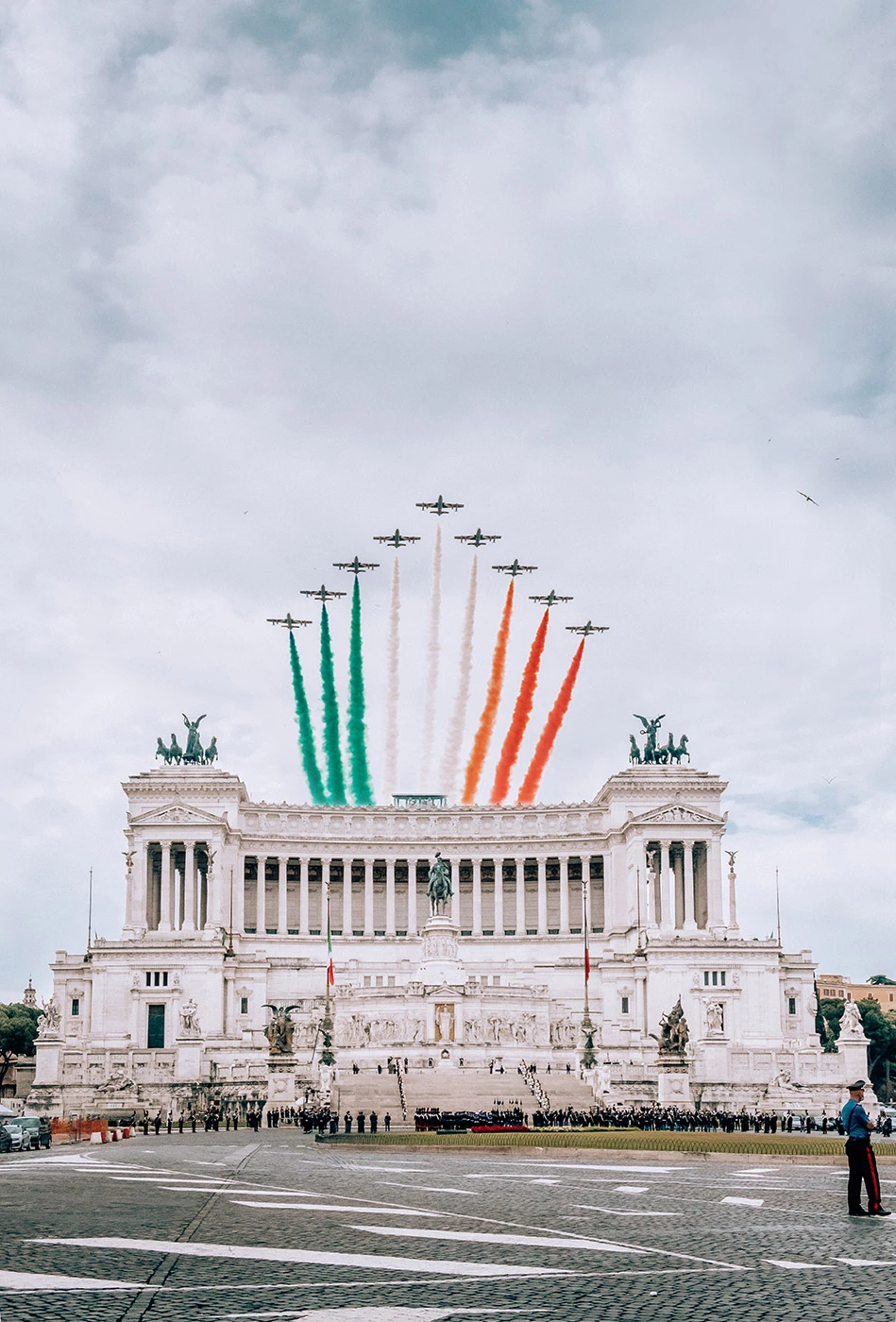 For centuries, Ferragosto remained a strictly religious holiday. As Italy entered the Renaissance period and the country’s politics started to move away from the church, celebrating Ferragosto became more of a tradition than a truly honored day of rest and prayer.
For centuries, Ferragosto remained a strictly religious holiday. As Italy entered the Renaissance period and the country’s politics started to move away from the church, celebrating Ferragosto became more of a tradition than a truly honored day of rest and prayer.
In 1925, Ferragosto underwent another massive change that helped the holiday simultaneously circle back to its roots and modernize it for coming generations.
At the time, Italy was governed by Mussolini, leader of the fascist regime that aimed to cultivate a national identity and culture after years of Italy being fragmented. Part of how that sense of culture spread was by encouraging Italian workers to travel to other parts of the country to visit the most cultural cities such as Florence, Rome, Bologna, Verona and Venice to see important sites and monuments.
Traveling, even short distances, was out of the question for the average Italian at the time. So, the government encouraged 1-3 day trips by creating “holiday trains” with extremely low cost tickets and paid days off of work. These trips marked the first time many citizens had ever seen the sea or the mountains, and they opened the door for traditions that have lasted to this day.
How to celebrate like an Italian
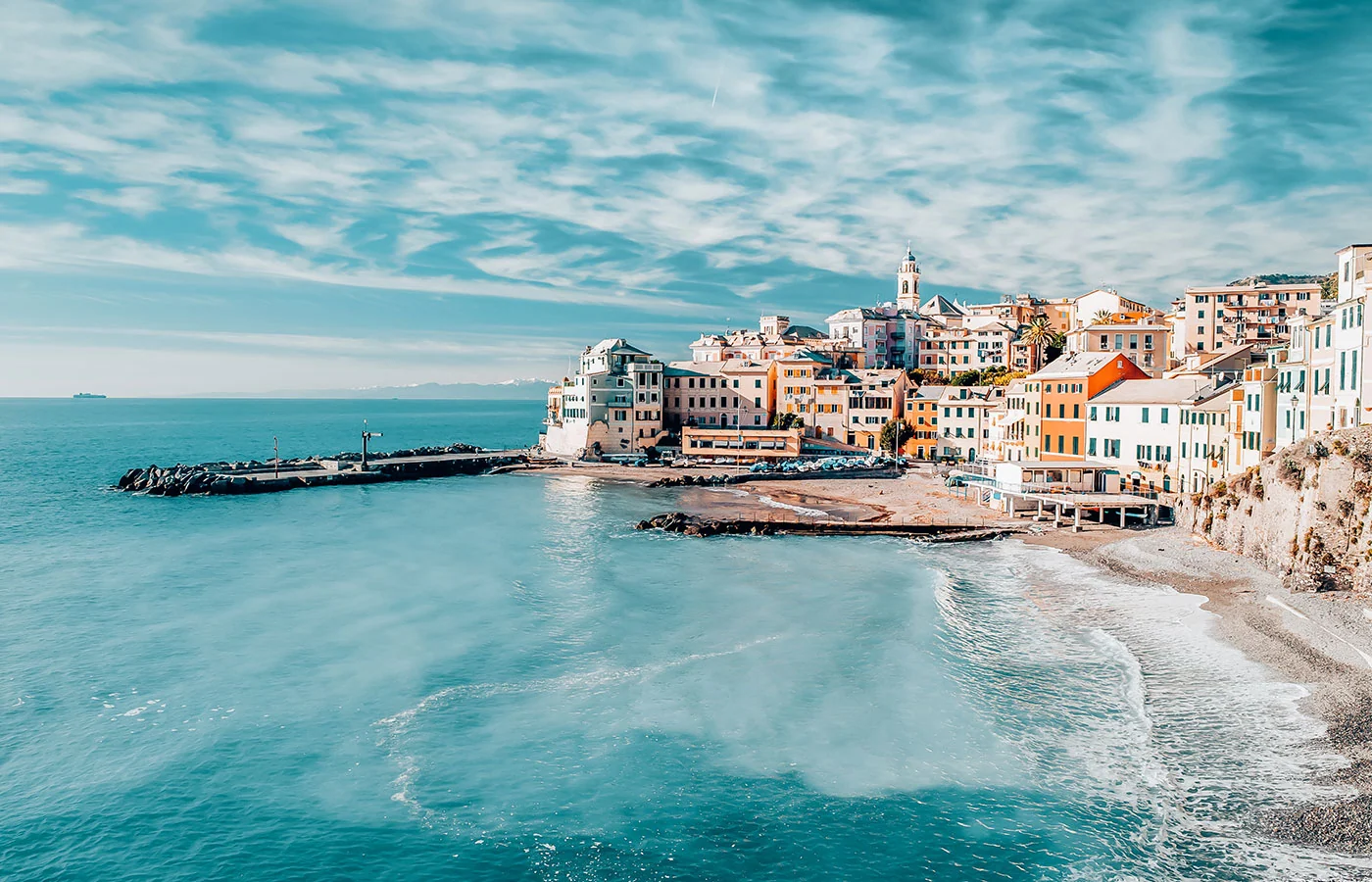 The best way to spend Ferragosto is to celebrate it in true Italian style. In general, Italians tend to spend the holiday in 5 main ways:
The best way to spend Ferragosto is to celebrate it in true Italian style. In general, Italians tend to spend the holiday in 5 main ways:
- Al mare (at the beach): The middle of August tends to be one of the hottest times of the year. The beach is often one of the only places where you can enjoy a relaxing day outdoors.
- In montagna (in the mountains): Taking a trip to the mountains or hilly parts of Italy is another Ferragosto tradition that started in response to Italy’s usual August heat waves.
- Al parco (at the park): Since Ferragosto can lead to incredible crowds and traffic, a lot of Italians choose to spend the day close to home by planning picnics with friends and family at local parks and villas.
- Nei centri culturali (in cultural centers): Though less common now, for many years, Ferragosto was set aside by families as a day to visit some of the country’s most important cultural and historical monuments, sites, and cities. As most people have Ferragosto off from work, they’re able to travel further than they would on a normal day.
- Fuochi d’artificio (fireworks), mercati (markets), and backyard barbecues are other modern ways Italians celebrate Ferragosto during the summer holidays.
For more, don’t miss my guide to the best times to visit Italy throughout the year.
Ferragosto traditions
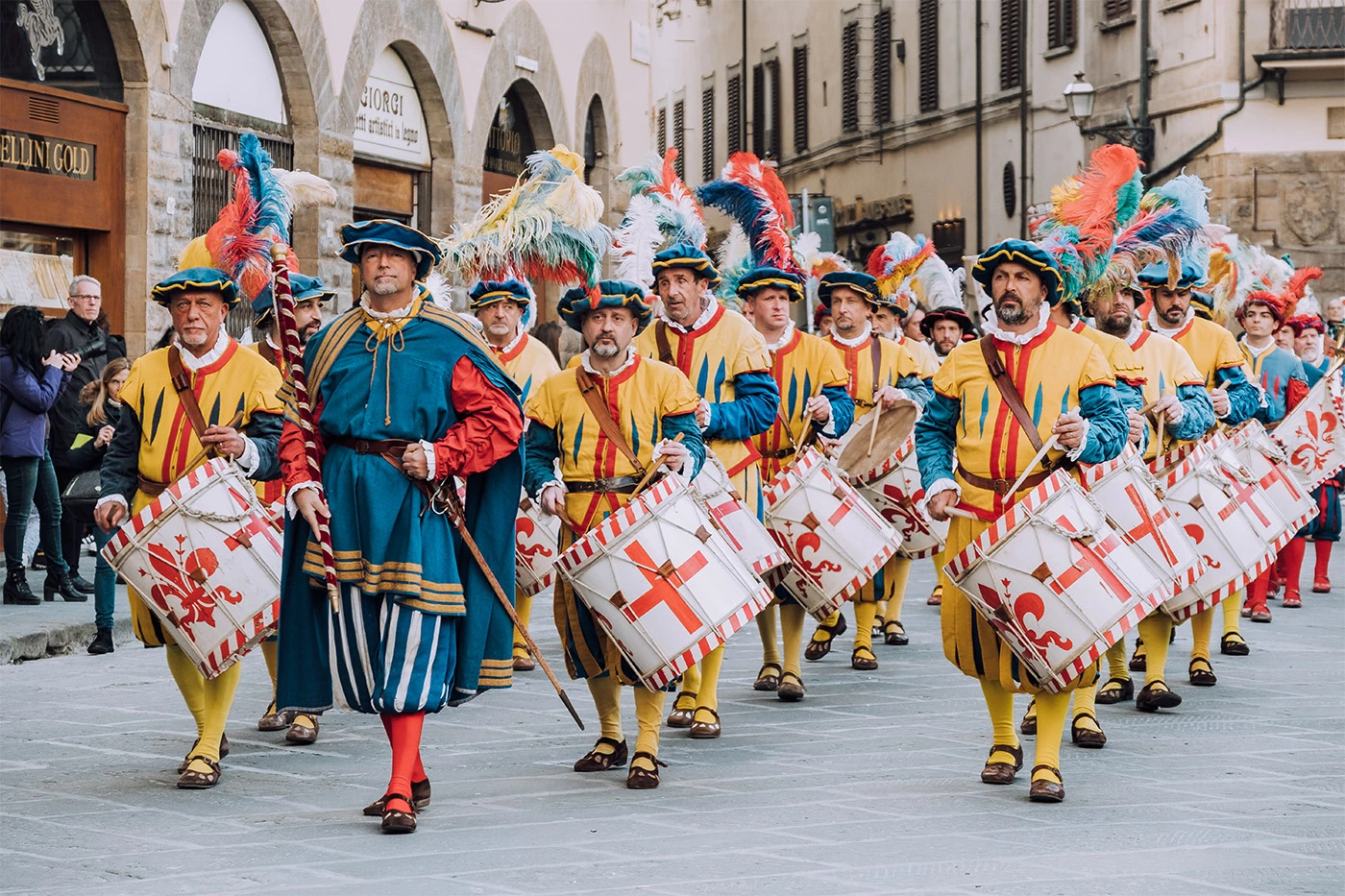 Where you spend the Ferragosto holiday can determine what sorts of festivities you can participate in. Some places even keep the ancient spirit of the day alive with grand events! Here are a few of the most popular annual Ferragosto events:
Where you spend the Ferragosto holiday can determine what sorts of festivities you can participate in. Some places even keep the ancient spirit of the day alive with grand events! Here are a few of the most popular annual Ferragosto events:
- Siena, Tuscany, hosts the Palio dell’Assunta horse race in the main square on August 16th, and the day before is filled with excitement, markets, and opening events.
- Sarteano, Tuscany hosts the medieval-inspired Giostra del Saracino (Joust of Saracino).
- Porto Santo Stefano, Tuscany, hosts a rowing race on the 15th called the Palio Marinaro dell’Argentario.
- Messina, Sicily, still retains Ferragosto’s Catholic roots with a procession that carries the Vara di Messina, a large and ornate religious float dedicated to Mary, through the city’s streets.
What to eat at Ferragosto
Where you celebrate can also affect the typical dishes you might find at restaurants or festivals. The most traditional Ferragosto meal is polenta and cinghiale (wild boar) to represent the coming fall and winter seasons. However, any sorts of grilled and roasted meats, fish, and vegetables are also common!
How to wish something Happy Ferragosto
Just like with any major celebration, it’s also common to wish others a Buon Ferragosto (Happy Ferragosto), especially when greeting friends and family for a picnic or cookout.
What to expect when spending Ferragosto in Italy
Of course, Italy is a gorgeous country that’s worth visiting all year. However, coming during August is a completely unique experience. That’s for one main reason: It’s the time of le ferie (vacation/holiday).
The tradition of using Ferragosto as a time for rest away from work is an enduring one. So, many Italian families plan their summer trips around this holiday. This can lead to two opposite situations coming up at the same time.
- Turisti (tourists): August is the busiest month when it comes to Italy’s popular tourist sites and attractions, so crowds are at an all-time high. This is due to an influx of domestic tourism as Italians take advantage of their time off of work to travel around the country, in addition to international visitors. This also leads to increased traffic on the roads and longer lines at stores, restaurants, and attractions, as well as increased prices at hotels. So, try to be patient if you visit during this time of year.
- Chiusure (closures): It’s a bit of a running joke that Italy comes to a standstill during the month of August. While large and essential businesses like grocery stores, post offices, and pharmacies remain open in August, many others choose to close for at least part of the month so employees can take their vacations. Some businesses choose to close for the entire month, but this is more common in less touristy locations. Instead, virtually all businesses and offices close on Ferragosto, with many choosing to remain closed for the holiday’s ponte (long weekend). Essentially, if you need to get any administrative things done in Italy in August, buona fortuna! (Good luck!)
Ferragosto Vocabulary
If you’re learning Italian, take this opportunity to expand your vocabulary and learn the following Italian words and phrases
| Italian | English translation |
|---|---|
| Buon Ferragosto! | Happy Ferragosto! |
| Le ferie | Vacation/Holiday (relating to time off work) |
| Assunzione di Maria | Assumption of Mary |
| La Vacanza/Le Vacanze | Vacation/s |
| Il ponte | Long weekend (literally, bridge) |
| una gita | A trip |
| Gita fuoriporta | Out-of-town trip |
| L’estate | Summer |
| La festa | Holiday/Festival |
| Impero Romano | Roman Empire |
| Latino | Latin |
| La/Le festività | Festivity/Festivities/Holiday/s |
| In montagna | In the mountains |
| Il mare | Sea |
| La spiaggia | Beach |
| Il parco | Park |
| Il turismo | Tourism |
| I turisti | Tourists |
| Il traffico | Traffic |
| Le chiusure | Closures |
| Aperto/a | Open |
| Chiuso/a | Closed |
| I Fuochi d’artificio | Fireworks |
Why should you celebrate Ferragosto in Italy?
Ferragosto may be one of Italy’s lesser-known holidays, but it’s also one of its oldest. Though its celebrations have changed over the years from being a day of rest to a religious event and finally a day to enjoy the summer weather, it’s just as popular today as it was thousands of years ago. It may not have flashy decorations and traditional treats like Christmas and Easter, but Ferragosto is the perfect holiday if you want to embrace the slower pace of Italy’s dolce vita (sweet life).
Learning Italian? Check out these Italian language guides
- TOP 100 Most Common Italian Words (Plus PDF Cheat-Sheet & Quiz)
- Italian for Beginners | How to Learn Italian in 3 Simple Steps
- Italian Prepositions: The Only Guide You’ll Ever Need (PLUS Chart)
- 17 Weird Italian Superstitions Italians ACTUALLY Live By
- 17 Must-Know Italian Hand Gestures: The Ultimate Guide
- 10 Ways Natives REALLY Say ‘You’re Welcome’ in Italian
- How to say ‘Please’ in Italian in 9 Ways Like a Native
- 41 Italian Greetings: How to Say ‘Hello’ in Italian Like a Local
- 125 Most Common Italian Phrases for Travel You’ll Ever Need [PLUS Printable]
- 8 DEADLY mistakes in Italian (& How to Avoid Them)
- How to Conjugate Italian Verbs in 3 Simple Steps [Italian for Beginners]
- Is Italian Hard to Learn? 7 Common Mistakes & How to Avoid Them
- Master Days of the Week in Italian (7 Simple Memory Hacks)
- Italian Numbers: How to Count in Italian From 0 to 1 Billion (Plus PDF Download)
- How to Order Food & Drinks in Italian [Italian for Beginners]
- 15 Italian Words You Should NEVER Mispronounce [& How Not To]
- 11 Effective Hacks That’ll Help You Learn Italian So Much Faster
- Top 14 Italian Words You Should NEVER Say [& What to Use Instead]
- 20 Hilarious Everyday Italian Expressions You Should Use
- Romanesco: 25 Cool Roman Dialect Words You Should Use in Rome
- 10 Reasons Why Learning Italian Will Change Your Life
- 10 Italian Expressions Italians Love Saying
- 10 Italian Phrases That Will Instantly Make You Sound more Italian
- Funny Italian Sayings: 26 Food-Related Insults You Won’t Forget
- 15 Romantic Italian Films That’ll Make You Love Italy Even More
- How to Master Common Italian Phrases for Travel (Like a Local!)
Like it? Pin it for later!
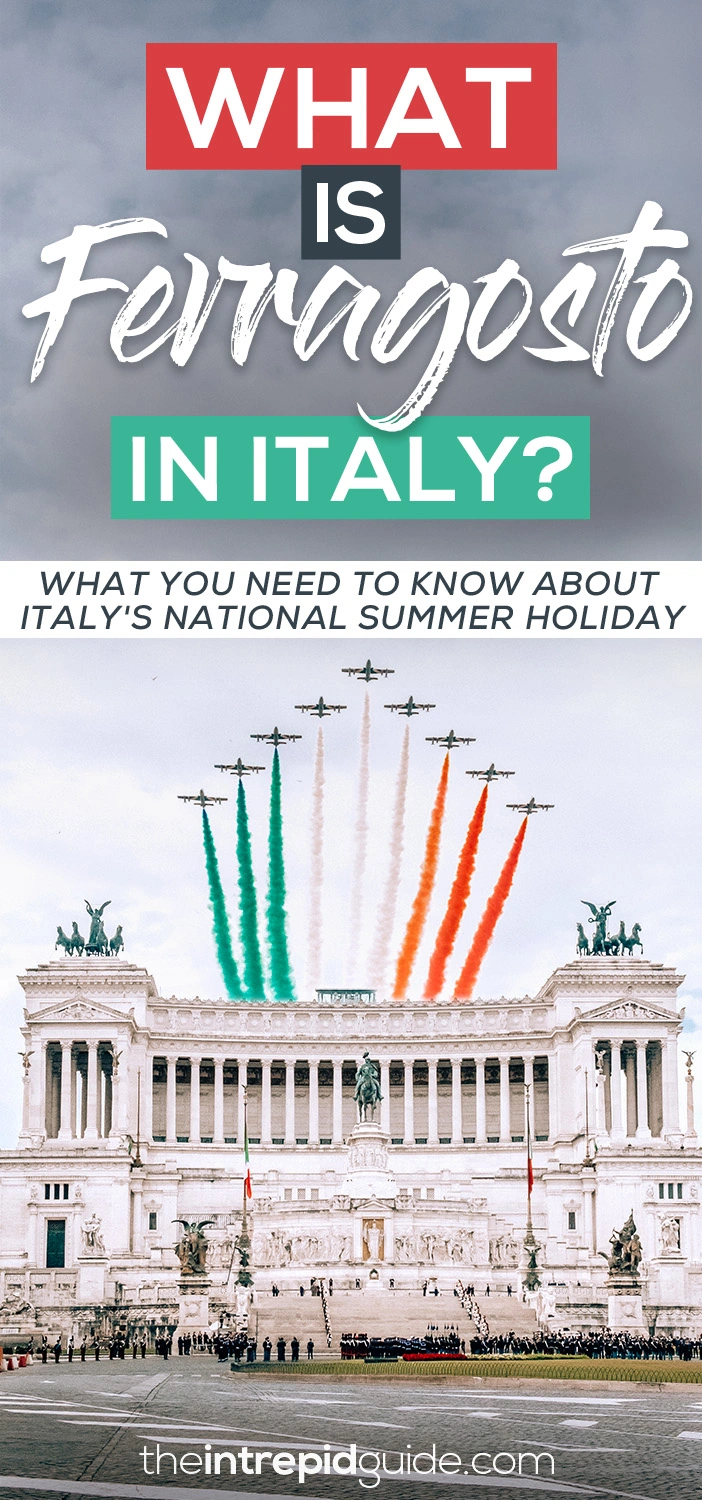
Over to you!
Which of these verbs did you find the most useful? What else would you add? Let me know using the comments section below or join me on social media @intrepidguide or @intrepiditalian to start a conversation.
Thanks for reading and I hope you enjoyed this post.
Like what you see? Subscribe using the form below to have all of my posts delivered directly to your email.

